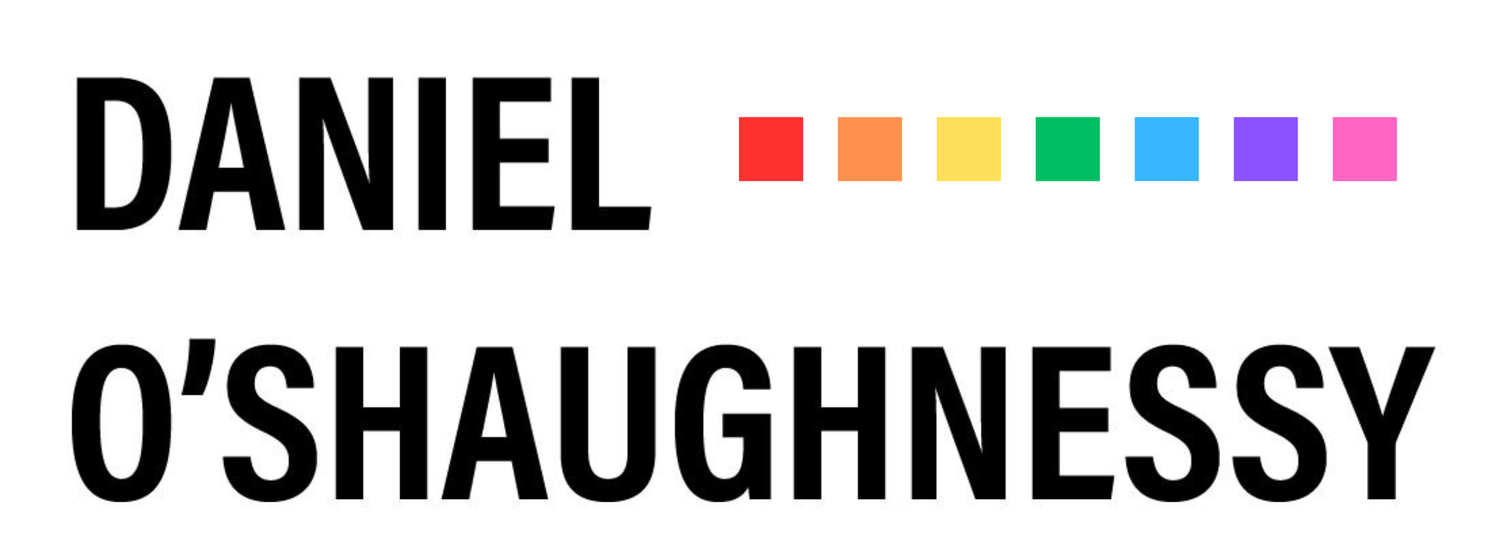
Introduction
Introduction
As I set out to create this portfolio, I have found myself constantly reflecting on transformation and authenticity, and how the critical events I’ve featured here have contributed to the ongoing metamorphosis I continue to experience as an individual, and as a practitioner. The series of events highlight key themes and topics which are trauma, imposter syndrome, shame, a move to qualitative research, scarcity beliefs, control, assumptions, authenticity and vulnerability, but also paying distinct attention to the shift from a positivist way of thinking to a first-person inquiry.
In his book “The Ethics of Authenticity”, philosopher Charles Taylor talks about how being authentic is not just about discovering your true inner essence, but about discovering yourself through “languages” that are already there (Taylor, 1992). During the first few months of this Master’s, I have got acquainted with practitioner inquiry, and realise that it is radically different to what I considered as bona fide research in the past. The idea that people actively construct or make their own knowledge, and that my reality is determined by my own experiences as a learner, i.e. the core principle of constructivism. I’m particularly intrigued by the concept of situated cognition, where learning arises out of the relationship between myself and the situations I am immersed in day by day. Realising that cognitive processes do not reside solely in my own mind, as per the work by James Greeno (Greeno, 1989) or Cobb (1994) and Bowers (1999) is new to me, and this is as fascinating as it is frightening. Sometimes the fear of the unknown kicks in, turning into destructive imposter syndrome, a behavioural health condition that’s been documented for its ability to impair professional performance by contributing to stress, anxiety and burnout (Bravata et al., 2020). Having experienced all of those mental health situations, I’ve attempted to develop a process of inquiry that allows me to be “kind to myself”, whilst enabling me to explore the subjects that I focus on in my professional practice.
I realise that my style of inquiry is narrative, iterative and cumulative. In essence, I tend to construct my work on the basis of “freefall writing” (Turner-Vesselago, 2013) and then going through the material I produce over and over again in an attempt to identify emerging themes in my narrative.
I am attracted to Braun and Clarke’s qualitative research approach (Braun & Clarke, 2006, Braun & Clarke, 2014) as a methodological framework to help me organise my thinking. This is quite a departure from the kind of research I’ve been used to until now. Therefore, as I continue to learn about it, I’ve used a simpler narrative inquiry process for this portfolio based on Hiles and Čermák’s “simple content analysis” (Hiles and Čermák, 2014, p. 551). Literally, it just means raising awareness of the emerging themes in my narrative as I’ve scanned through it time and time again, until the keywords that capture the essence of my work become absolutely clear in my mind.
As a final realisation, I’ve feel as if I’ve been drawing from multiple ways of knowing in a way that feels to me what “first-person action research” is about, assembling different tools “to suit the occasion” (Adams, 2014, p. 350), along the lines of Lévi-Strauss’ bricoleur (Lévi-Strauss, 1968). I am keen to learn more about how to build this methodological approach into my upcoming pieces of work.
